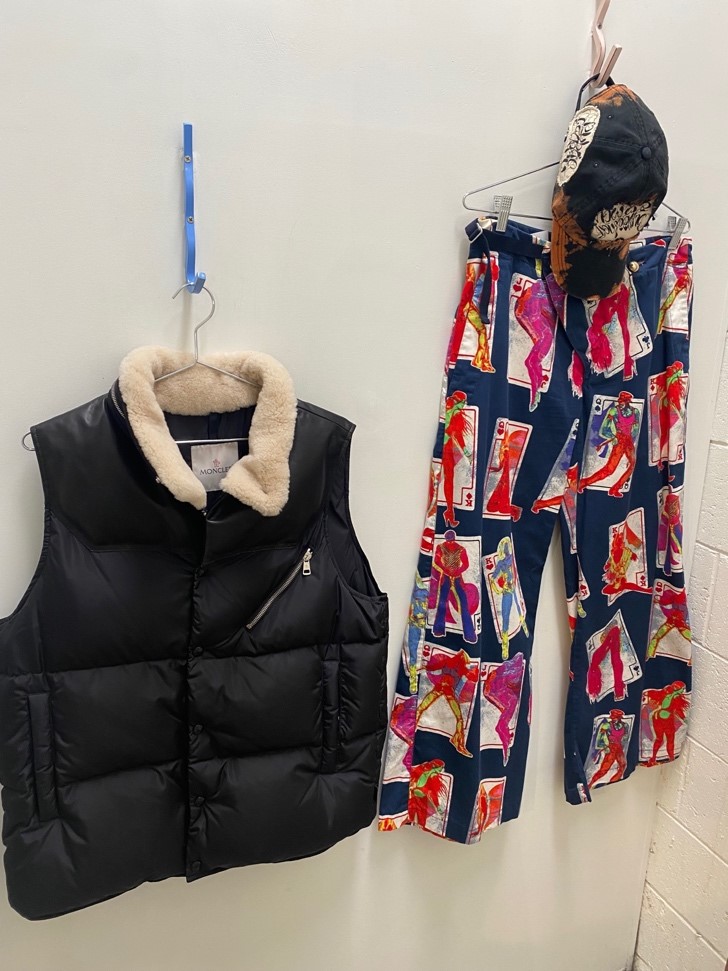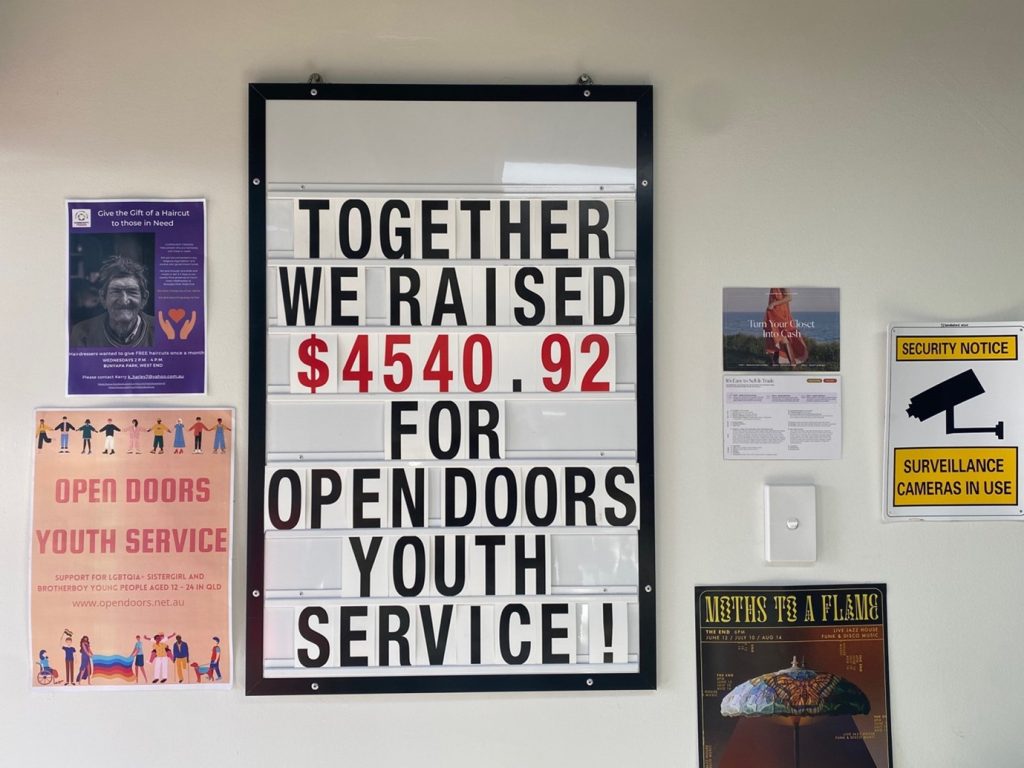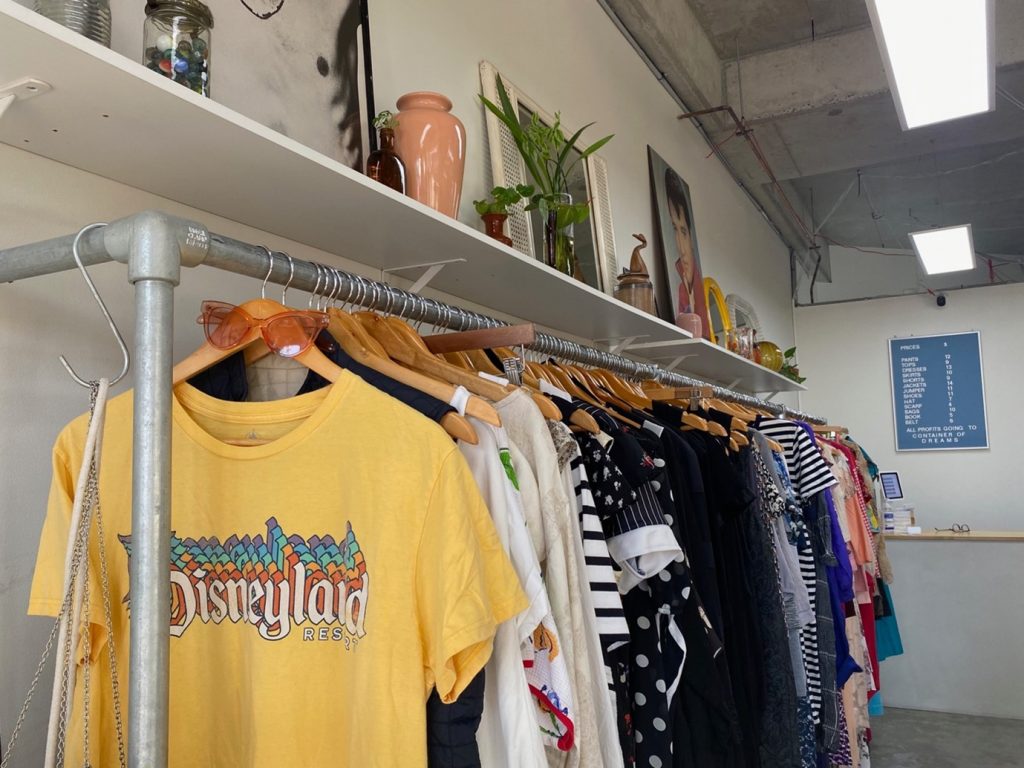Fashion store SWOP Clothing Exchange has operated in West End since 2013 and strives to provide sustainable shopping for its customers.
SWOP is a home for vintage and preloved clothing. Customers can bring in their items to be evaluated and purchased by staff, which are then resold within the store.
It also owns Local Opy, an op shop they introduced to West End last year after moving from its original Adelaide Street location.

How does it work?
SWOP’s model incorporates both a profit-focus and charity donations through its two stores. This allows for more valuable, designer, and vintage items to be sold in SWOP while other items are sold in Local Opy (or Opy for short).
West End store manager Nicci Demblon said the model operates like a “closed loop economy”.
“We’re like sister companies, however SWOP is probably the predominant vintage and designer clothing store. So we’re more of like your curated secondhand,” she said.
“We buy every day 10am to 4pm and we offer either a store credit or cash. And then anything that doesn’t get purchased here at SWOP, you have the option for us to be able to take that and bring it over to Opy.”
Opy supports a new charity every three months. From April to June this year, they have supported Container of Dreams – an organisation which has provided tiny houses to flood-affected residents of northern NSW. Previously, it has supported Open Doors Youth Service, Seed Mob and local organisation Micah Projects.

Why sustainability?
The value of sustainability guides SWOP’s business and operations.
Ms Demblon said this idea was shared by SWOP’s owners and staff.
“I think that the owner initially wanted something sustainable…and has always had that value,” she said.
This retail model reflects ongoing fashion trends favouring sustainable models over the global mass production of fast fashion.
Head buyer at SWOP Kat Emery said customers enjoy the experience of finding unique pieces and contributing their own preloved items back into the system.
“Customers often say they’ve got clothes that they don’t want to get rid of, and it’s nice to know that they’re going to have another life again,” she said.
What can you sell?
SWOP buyers look out for certain criteria when purchasing items brought into the store.
“We check for things like style, condition, brand, season, and stock levels. And if they pass the test and are something that we want, we’ll price it up and we research reselling amounts online. You can have either 50% of that as store credit or 30% as cash,” Ms Demblon said.
Ms Demblon said SWOP purchases items that reflect current trends as well as more classic vintage pieces.
“We try to pinpoint trends from those brands that are really popular, but we try and do that in the most sustainable way.”
“In terms of vintage, we look for really high-quality classic styles and cuts as well.”

What you might find
SWOP stocks vintage, designer and high-quality clothing and accessories, while the more “cheap and cheerful” options can be found in Opy.
Ms Emery said SWOP sells a variety of styles that are curated for customers.
“It’s things we want to wear and things that people that shop here want to wear as well,” she said.
Opy focuses on providing affordable and wearable everyday items that do not meet SWOP’s criteria. These might include items like tee shirts, pants, sneakers and sunglasses for men and women.
Prices at Opy are also fixed for each product category.
- Pants $12
- Tops $9
- Dresses $13
- Skirts $10
- Shorts $9
- Jackets $14
SWOP staff said some of the most bizarre items to be brought in for purchase included a clown suit and several patterned 1980s ski suits. They love bold vintage items and colourful pieces.
All images by Brooklyn Self


